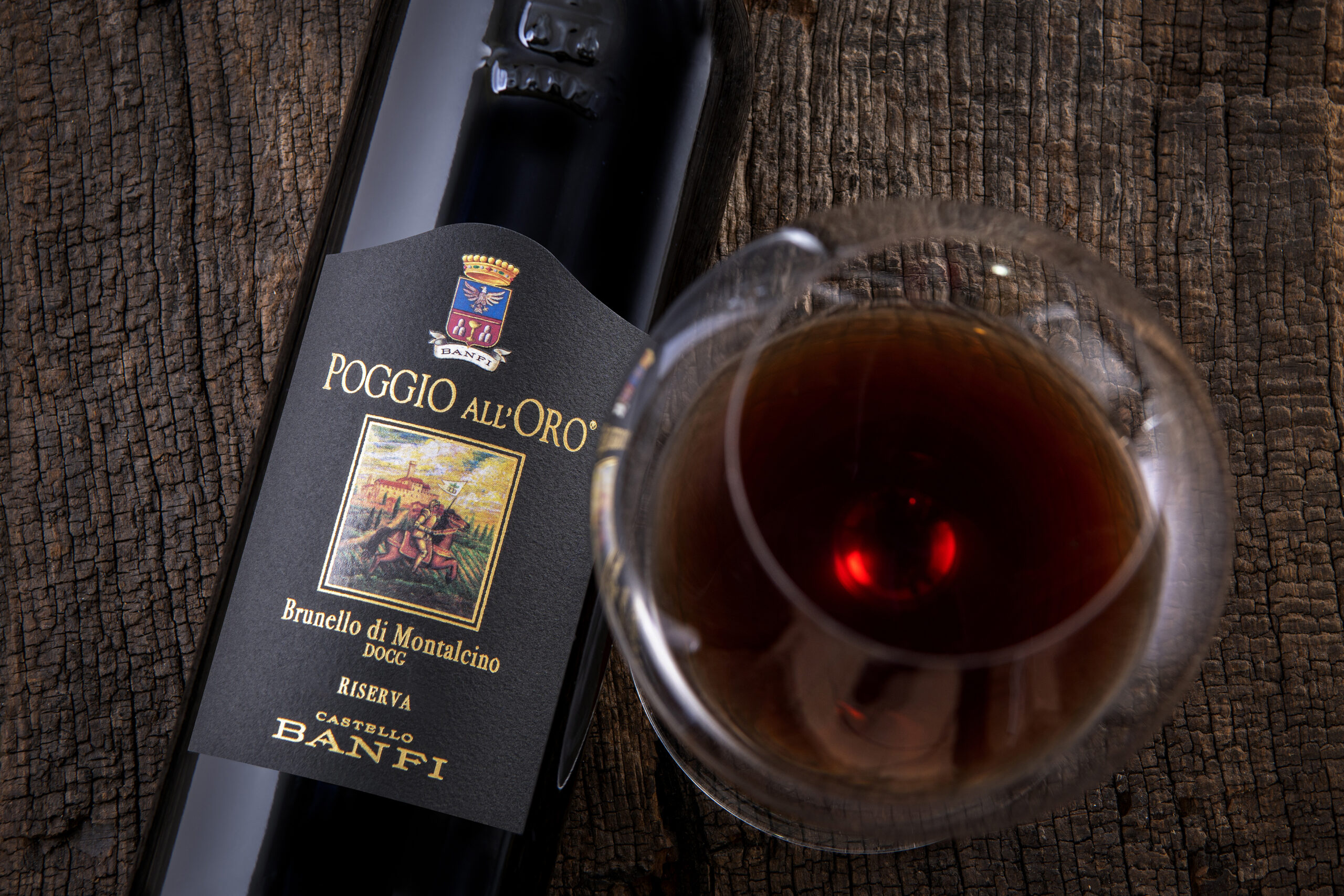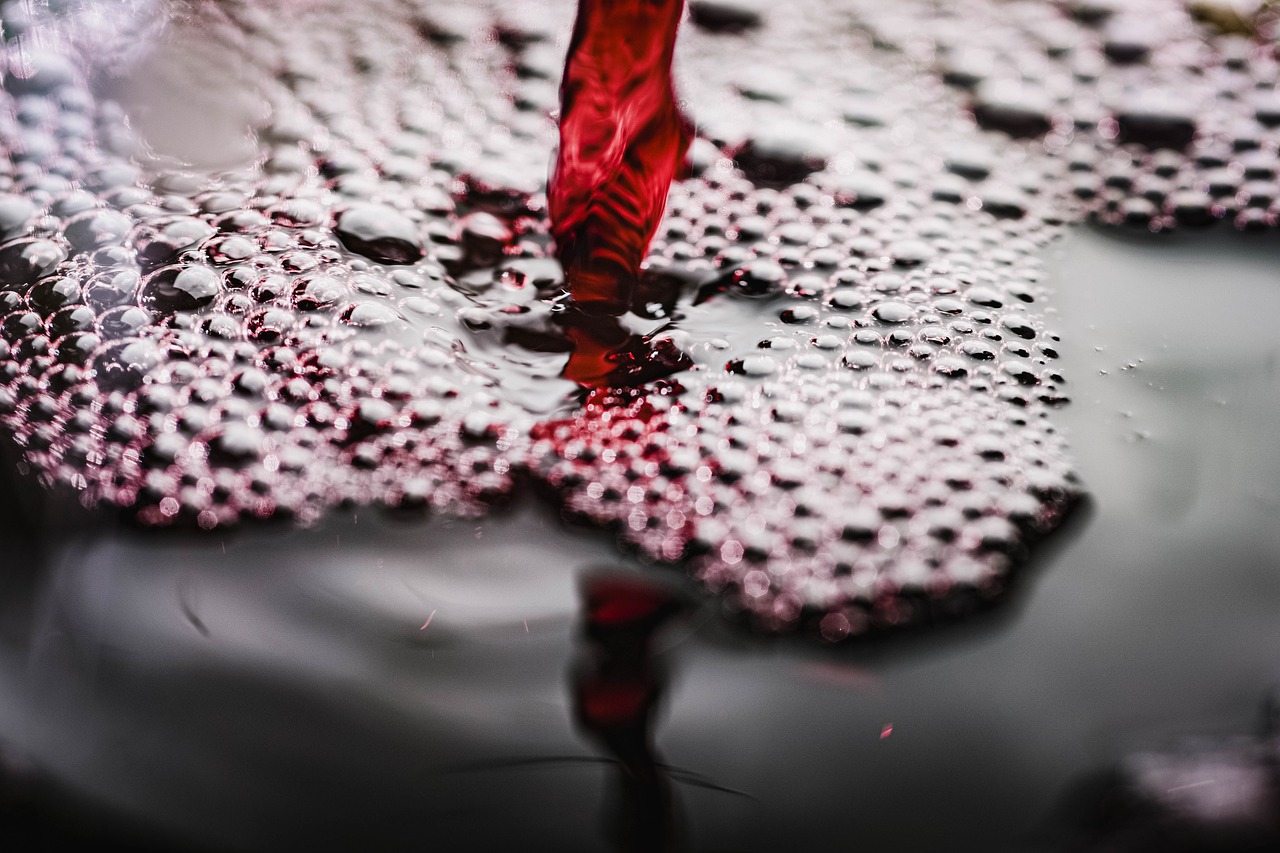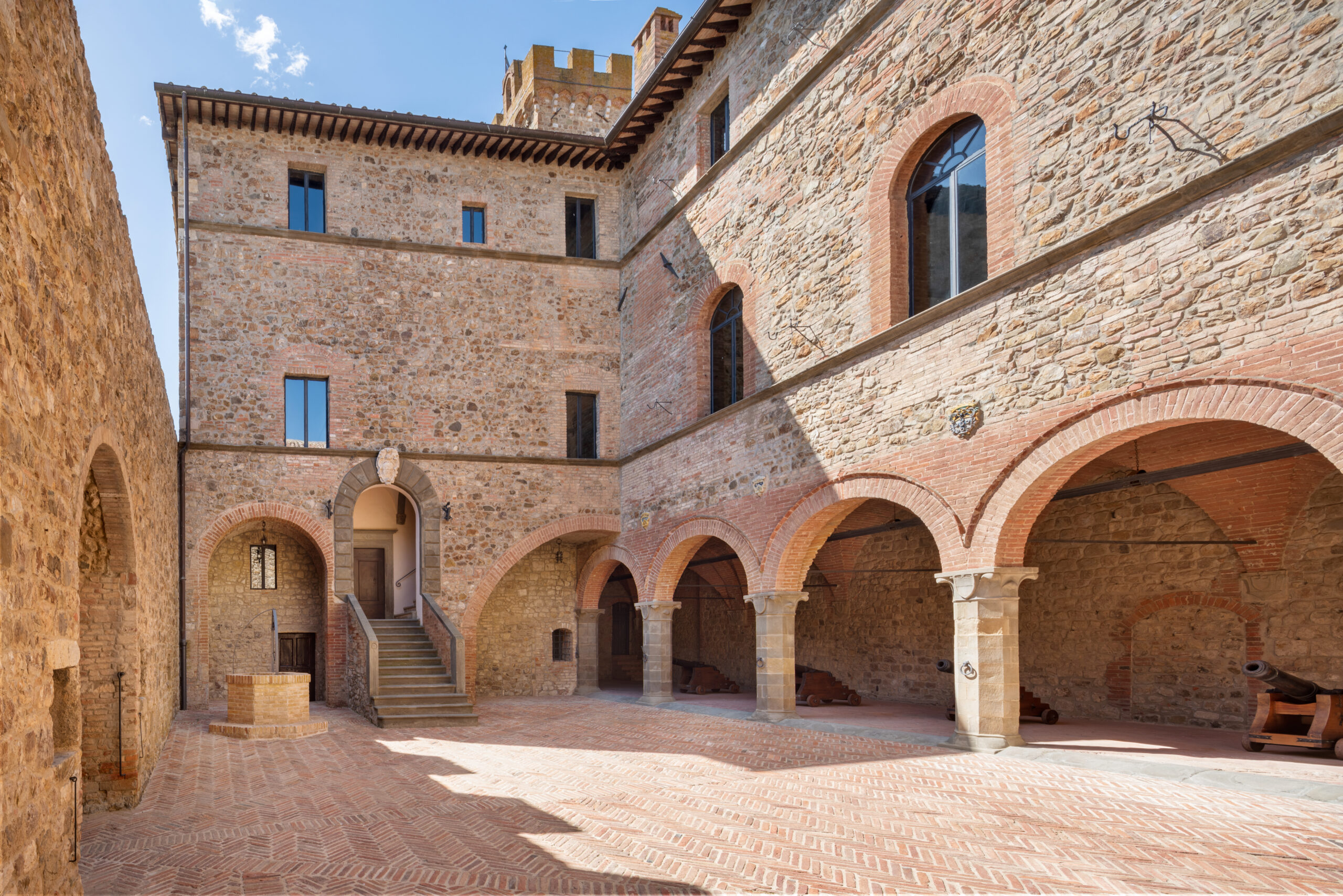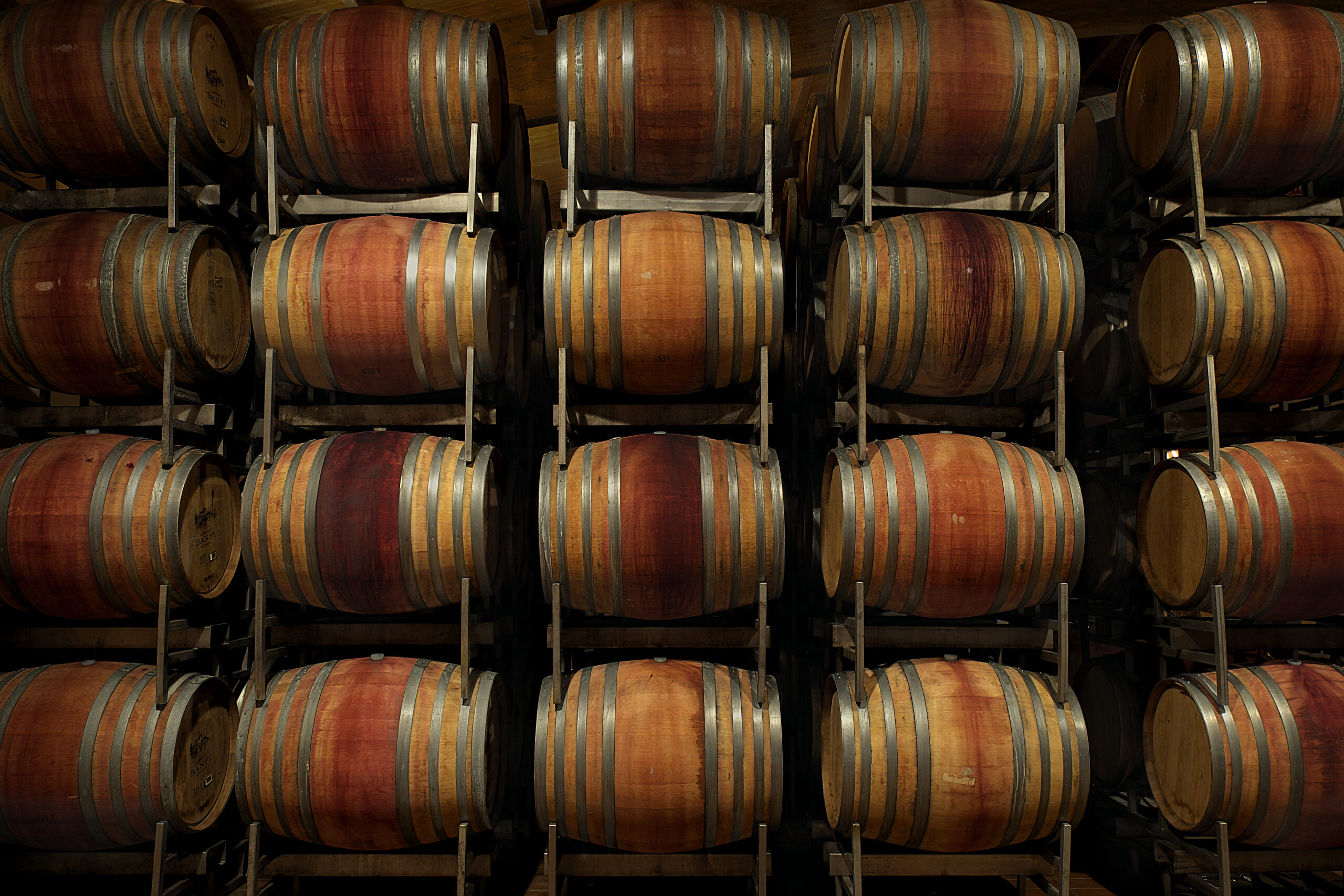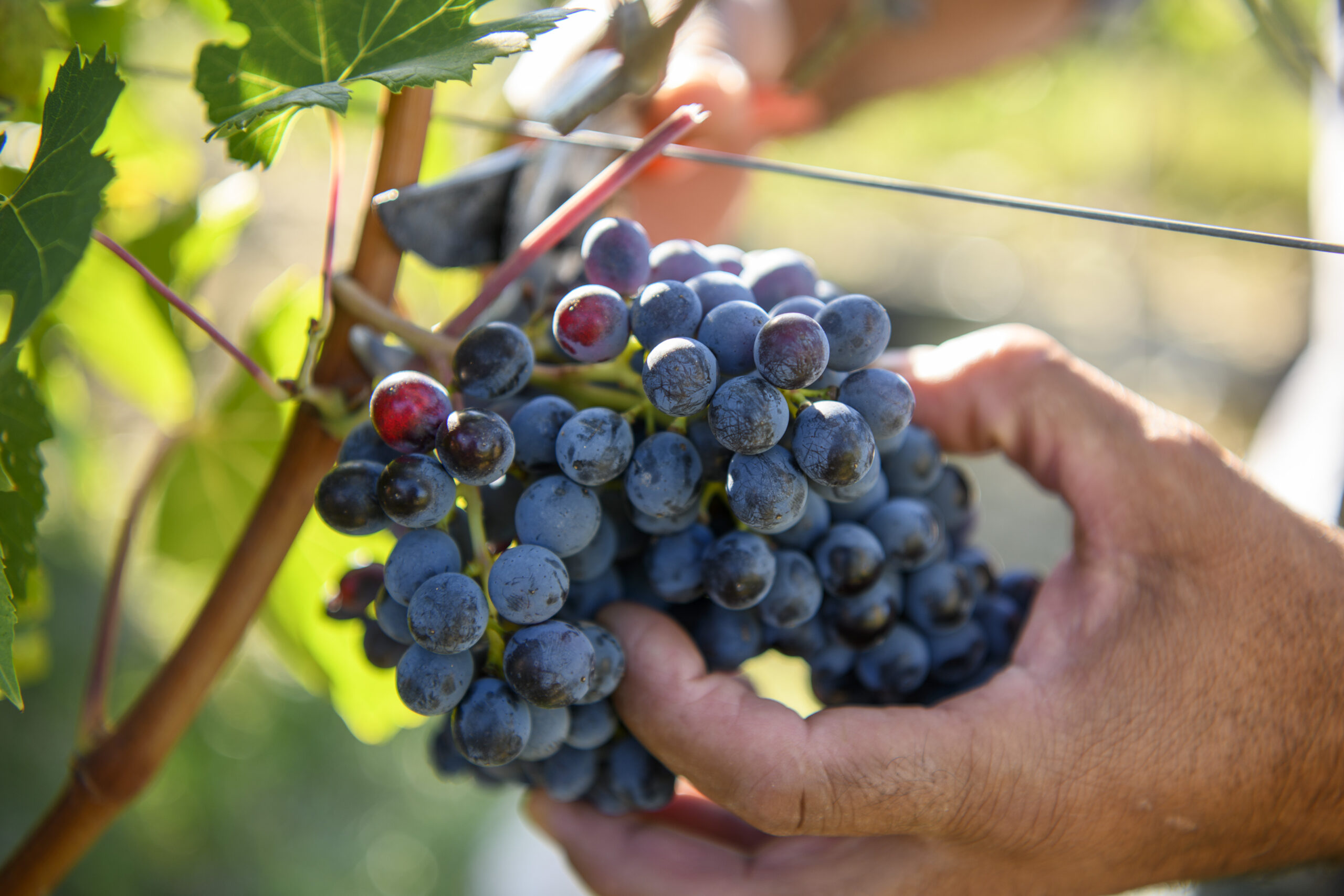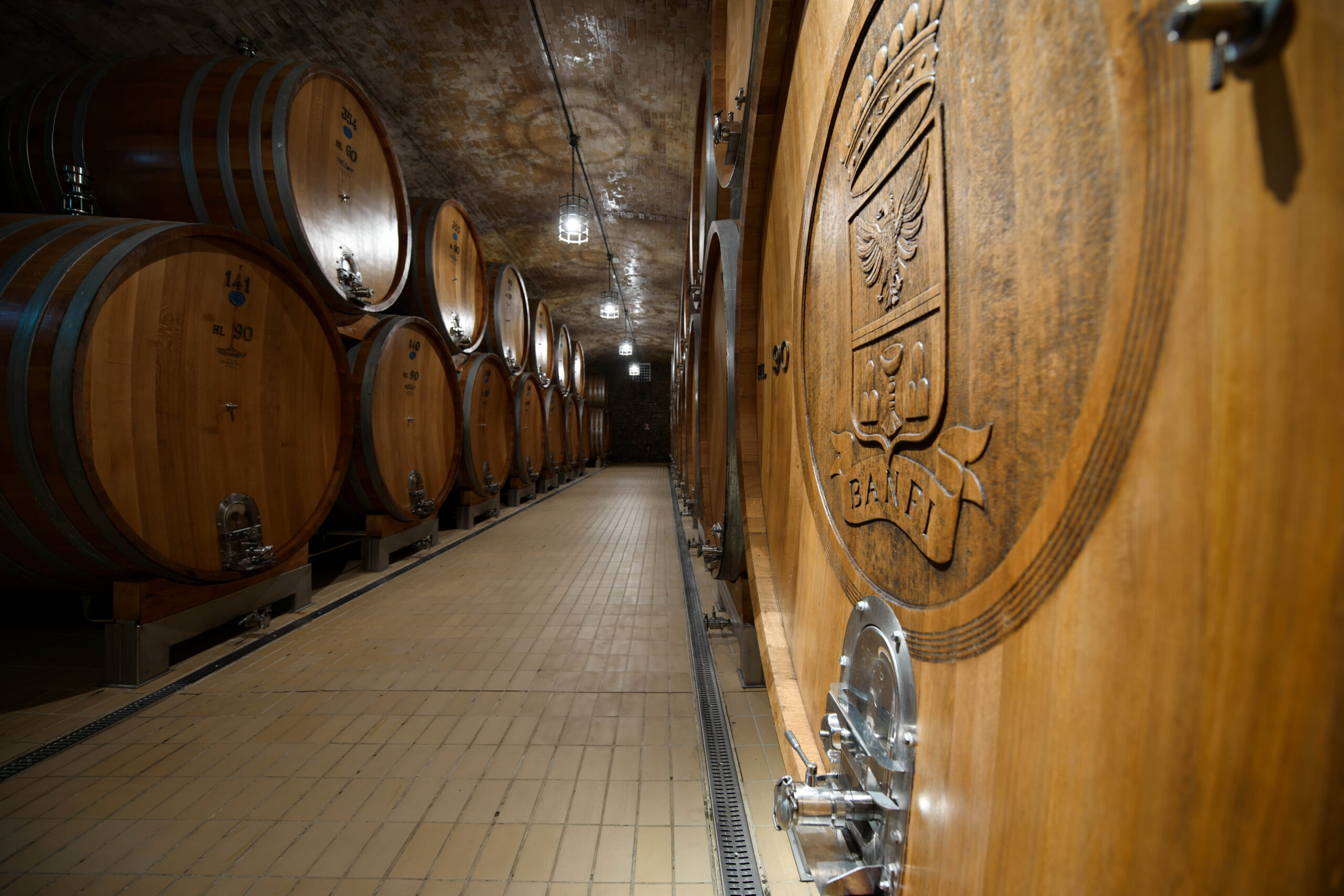The origin of wine is very old and the records of who invented this valuable product are lost in the most ancient past. The history of wineIt is intertwined with that of the most ancient civilisations, with the foundation myths, with the great heroes of past literature and with the religiosity intrinsic to the culture of primitive peoples. It is a history of discoveries, inventions and innovations, and we of Banfi we are proud to have left our mark on the history of the wine as pioneers of technological innovation combined with tradition.
There are many civilisations or personalities to whom it has been attributed the invention of winebut currently scholars are unable to state with certainty who invented wine and where. However, given the great interest aroused by the history of wine among producers and connoisseurs of this beverage, archaeologists and experts continue to investigate, bringing back ever new information that locates the birth of wine in different places and times.
Etymology of the word wine
The Italian word 'vino', which is maintained rather similarly in almost all Romance languages and beyond, derives from the Latin 'vinum' which, in turn, originates from the classical Greek 'οἶνος'. The common origin of the word in all civilisations of Indo-European derivation would testify to the antiquity of this drink.
The use of this Latin word would later spread to the Umbrian, Oscan, Faliscan, and Leponzian-speaking peoples, and later also to the Celtic and Germanic languages. Also the Slavic terms used to refer to this drink seem to derive from the Latin loan.
According to other theories, the term would instead derive from the Sanskrit word 'veins', characterised by the same root as Venus, the name of the Roman goddess of love and pleasure, connoting the vocation of wine linked to the enjoyment and the pleasure same.
Who invented wine, according to different mythologies
The great civilisations of the origins, dedicated to the consumption of wine for both ritual and entertainment purposes, produced various foundation myths concerning the cultivation of vines and the transformation of grapes into wine. Myths that still fascinate today and gave rise to mythological figures, such as the Greek god Bacchus, who became emblems of wine and its history.
Old Testament and Christianity
According to biblical accounts, the inventor of wine is Noah who, after the Great Flood, having found one of the branches that Adam had taken from the earthly paradise, planted the first vine and, finding its fruit delicious, learned to cultivate it systematically and make wine from its grapes. But this is not the only attestation of wine and the vine in the Old Testament: some traditions see the vine and not the apple as the forbidden fruit that led to the expulsion of Adam and Eve from the Garden of Eden. The theme of wine also returns in the Christianitywhere this drink takes on a fundamental function during the Eucharist, becoming the symbol of the blood of Jesus Christ.
Persia
For the Persians, the discovery of wine is instead intertwined with the heroic deeds of the Shah Jamshidwho received the vine seed as a gift in thanks for saving the life of a magical creature. Legend has it that when the grapes of the vine, once gathered in the jars, began to give off a bad smell, Jamshid had the jars hidden in the cellar, labelling them as poison. One of his concubines, determined to take her own life for being neglected by her lord, drank the drink deemed to be poison, but instead of perishing, scovered the beneficial effects of wine and immediately informed the sovereign of his discovery, regaining his favour.
Who invented wine according to the Greeks
According to Greek mythology, the god Dionysus (Bacchus for the Romans), son of Zeus and the nymph Semele, is the one who invented wine. The god, playing with grapes in his hands, allowed the sweetish liquid to flow from them and, once he tasted it, he was seized with a state of joy and exhilaration. He then discovered that the longer he let it sit, the better it tasted. Moreover, the vine itself would be none other than the body of Ampelothe young boy loved by the god, transformed into a vine after his tragic death.
Where wine was born: archaeological discoveries
Although one of the most widespread beliefs places the invention of wine in Egyptarchaeological evidence places the first production of wine in the Caucasus area around 10 thousand years ago. The oldest wine jar ever found (dating back to 5,100 BC) was in fact discovered in a Neolithic village in the northern part of theIran while the more ancient 'winery"dates back to 4,100 B.C. based in Armenia. A cave used for fermentation and wine production was found here, where wild grapes still grow wild.
In terms of cultivation, however, the presence of vitis vinifera, the plant from which the vine originates, is attested in China since around 7,000 BC, in Georgia from 6,000 BC, in Iran since 5000 BC, in Greece since 4500 BC, on the banks of the Caspian Sea and in the Turkey eastern.
Over the years, there have been numerous archaeological studies aimed at confirming the various theories on the birth of wine and discovering where wine originated. The most recent discoveries seem to support the most widespread thesis that sees in the Caucasus the place of origin of the wine. Between 2007 and 2010, in this region, a cave with 3 rooms entirely dedicated to winemaking.
In addition to some divitis vinifera seeds, the scholars found a cellar with a grape press and a fermentation tank, along with several wine containers. The artefacts make dating the site to 4,100 BC. approx.that is, several centuries before what was until recently considered the oldest evidence of winemaking in history: a bas-relief in an Ancient Egyptian tomb dated around 2,500 BC.
Wine: a history of innovations and inventions
Retrace the history of wineof its use by ancient civilisations and the inventions that led to the birth of the bottle as it is known today is a long and fascinating journey, but one that emphasises even more the close man's connection with wine.
Antiquities
In the ancient world, wine was considered a fine drink.
The Phoenicians were the largest producers of the time and, through their trade, spread wine production techniques throughout the Mediterranean. But it is in Greece and Rome that a true wine culture was born, thanks to the importance that the Greeks and Romans gave to the God Bacchus/Dionysus during their celebrations. However, to counter the state of drunkenness given by wine, which was considered unsuitable for the customs of the time, the Romans had the habit of diluting it with water.
Middle Ages
In the Middle Ages theUse of wine in the Eucharistic liturgy favoured the transmission of ancient wine-making techniques, as well as the creation of the wine 'recipe' as we know it today, without the aromas and herbs with which the ancients enriched the drink.
Modern Age and Inventions
The modern age witnessed the great food discoveries of the 15th-18th centuries, e.g. beer, tea and chocolate, which arrived in Europe while wine began to be exported in the New World.
Although glass artefacts have been part of human material culture since prehistoric times, as well as wine, it is only in the 17th century that the first wine bottle was producedthe so-called 'English Bottle"the ancestor of modern bottles. Some sources attribute its authorship to the English philosopher and thinker Kenelm Digbyalthough the wine glass bottle was patented by the British Royal Navy officer John Colnettin followed.
A further milestone in the history of wine was the invention of the cork which, thanks to its porosity, creates a perfect balance between the air in the bottle and the air outside, allowing the ageing process to take place.
Although it is not known for sure who invented wineit is certain that its invention has left its mark on our agri-food history.

